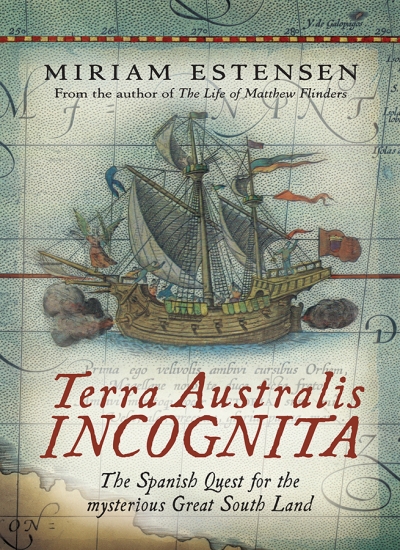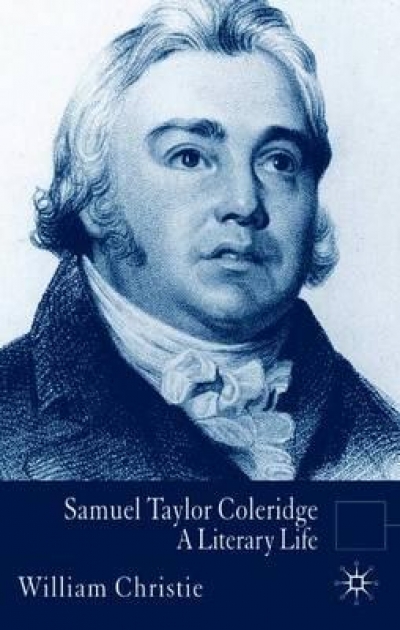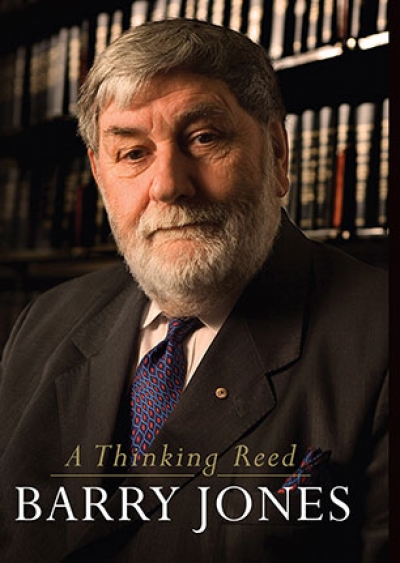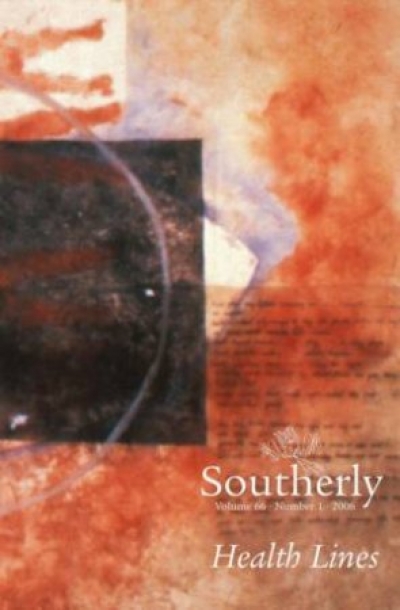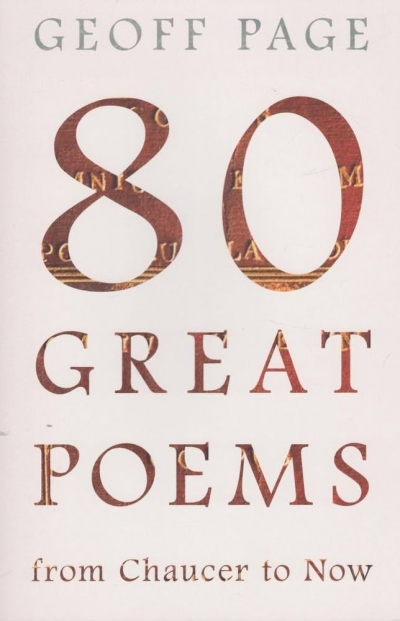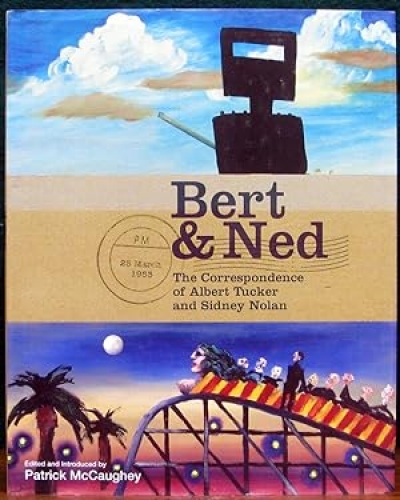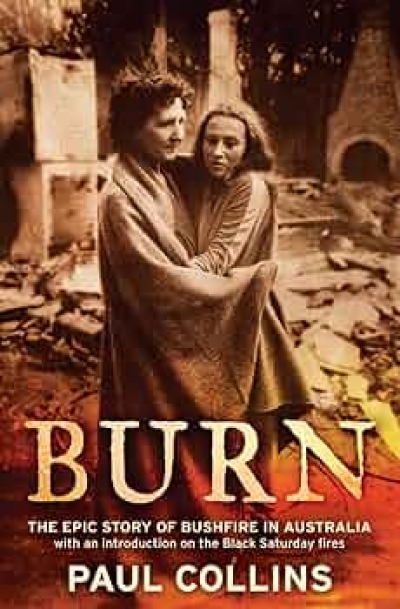Archive
Terra Australis Incognita: The Spanish quest for the mysterious Great South Land by Miriam Estensen
SAMUEL TAYLOR COLERIDGE: A LITERARY LIFE by William Christie
This year I have read too many American political quickies, and large numbers of somewhat more satisfying detective stories. Amid the revelations about Hillary Clinton’s childhood, and the equally fictitious accounts of intrigue in Istanbul and Venice, a couple of books stand out. Andrew Wilson’s The Lying Tongue (Text) and Stephen Eldred-Grigg’s Shanghai Boy (Vintage) are ‘gay books’ that speak to themes other than sexuality, and deserve to be better known. Although ultimately too improbable, Andrew McGahan’s Underground (Allen & Unwin) evokes rather well a left-wing dystopia, centred on a Howard-like government. As for nonfiction, Tony Judt’s Postwar: Europe since 1945 (Heinemann), while telling us more about Poland and less about Spain than we need know, is a fascinating reminder of the Cold War era, evoked for the other side of the Atlantic in Thomas Mallon’s novel Fellow Travellers (Pantheon).
... (read more)Donald Friend (1915–89) was one of Australia’s most prolific and widely travelled artists. Forty-four of his diaries are held in the National Library of Australia’s Manuscript Collection (individual diaries are held by the National Gallery of Australia and the James Hardie Library of Australian Fine Arts at the State Library of Queensland). The National Library also has items that are part of the important body of work that Friend produced in handcrafting thirteen lavishly illustrated manuscripts, largely in the last two decades of his life: ‘Birds from the Magic Mountain’; ‘Ayam-Ayam Kesayangan, Volume 3’; and ‘The Story of Jonah’ and ‘Bumbooziana’. These projects saw him develop the skills that he had honed for nearly forty years, in his illustrated diaries and earlier publishing ventures, into a highly sophisticated artistic practice, not unlike that of a medieval calligrapher but with the licence to do as he wanted.
... (read more)Southerly edited by David Brooks and Noel Rowe & Griffith Review 13 edited by Julianne Schultz (with Marni Cordell)
80 Great Poems: From Chaucer to now edited by Geoff Page
Those who come after
Nine months ago, in association with the Copyright Agency Limited (CAL), ABR announced the creation of a major new annual essay prize. In doing so we were conscious of the importance of the genre and of ABR’s long commitment to its preservation and promulgation. We set out to attract entries from the widest range of Australian writers (not just celebrated essayists). In order to entice a distinguished field, the Calibre Prize was valued at $10,000.
... (read more)
